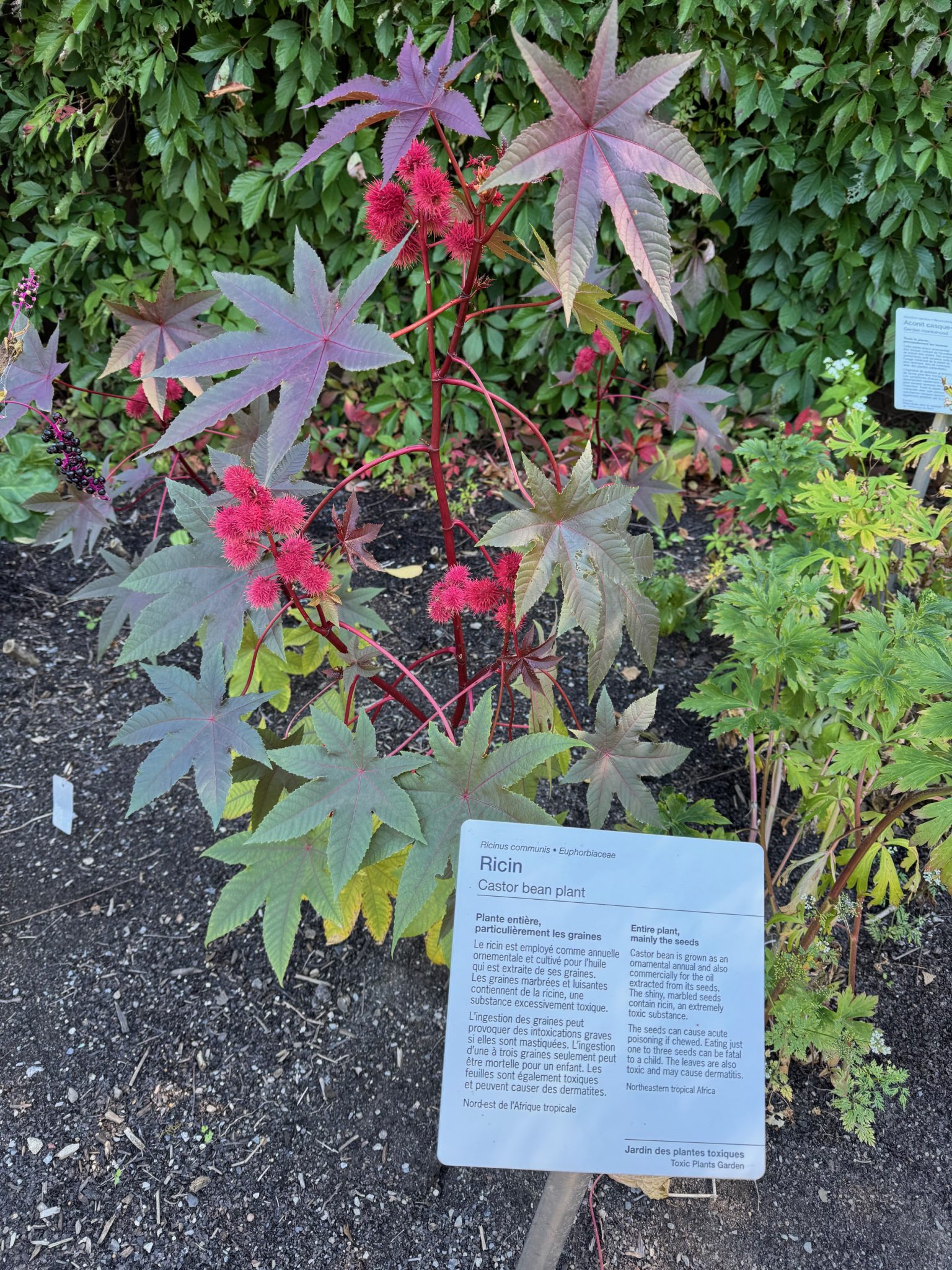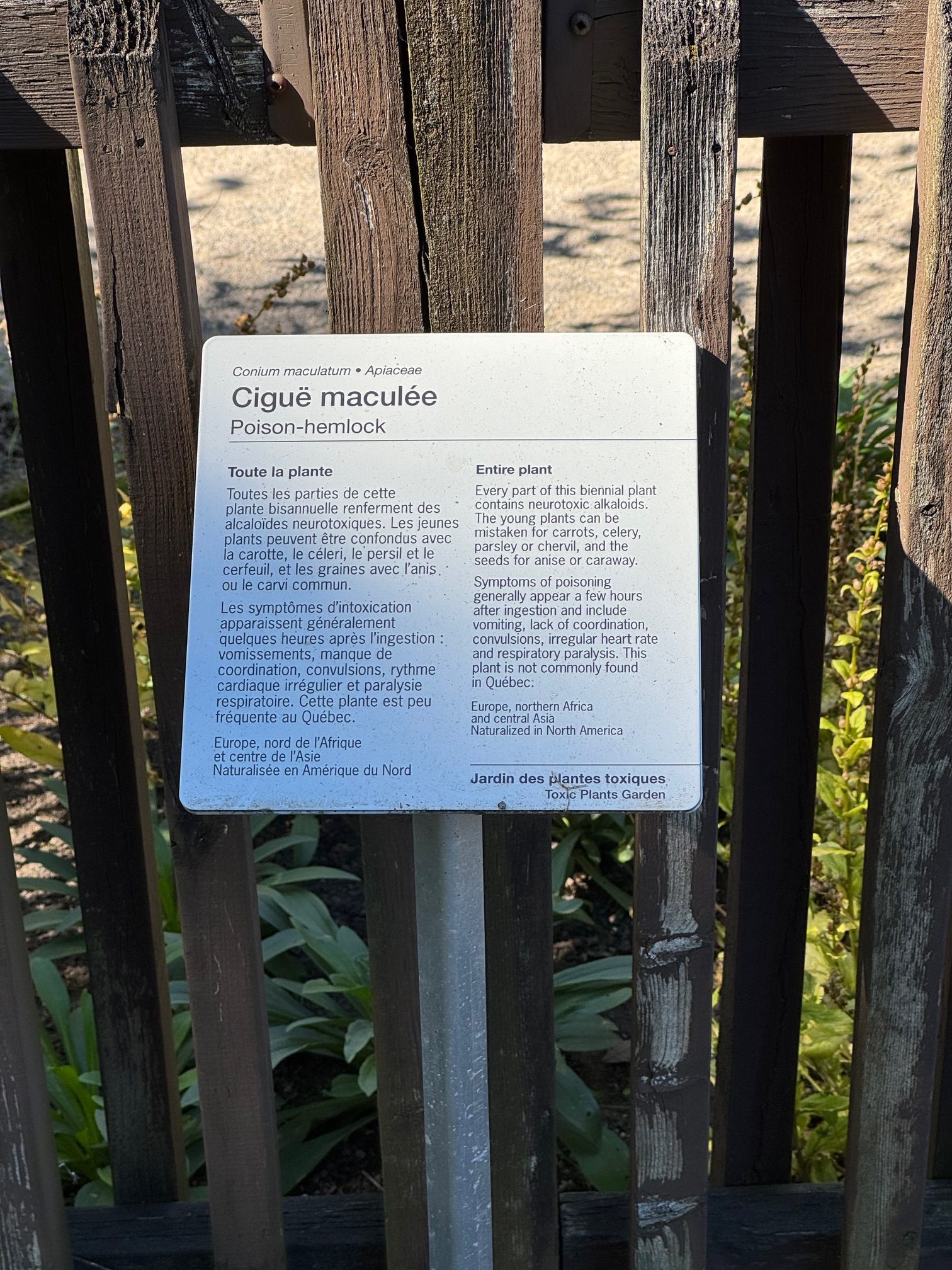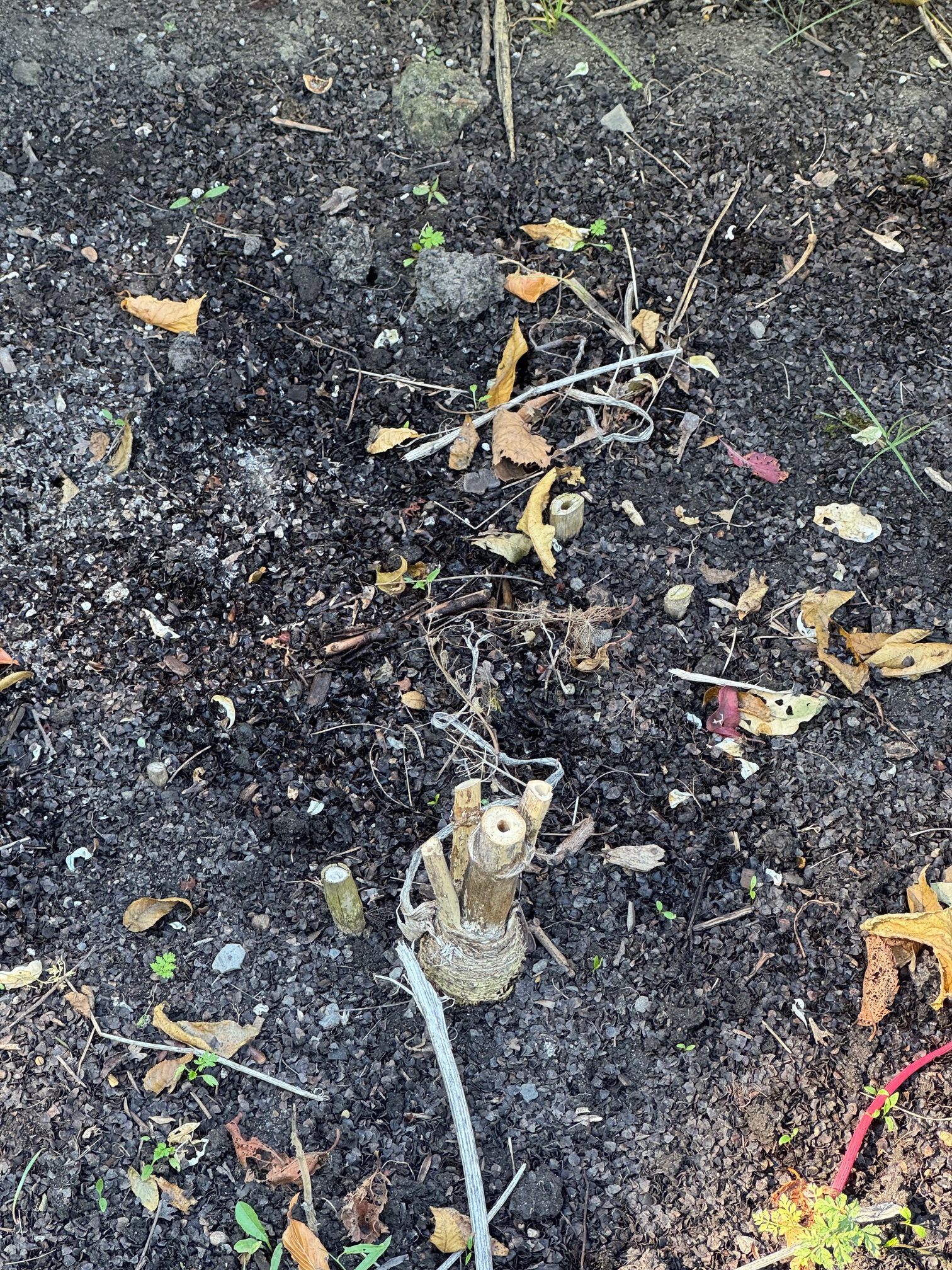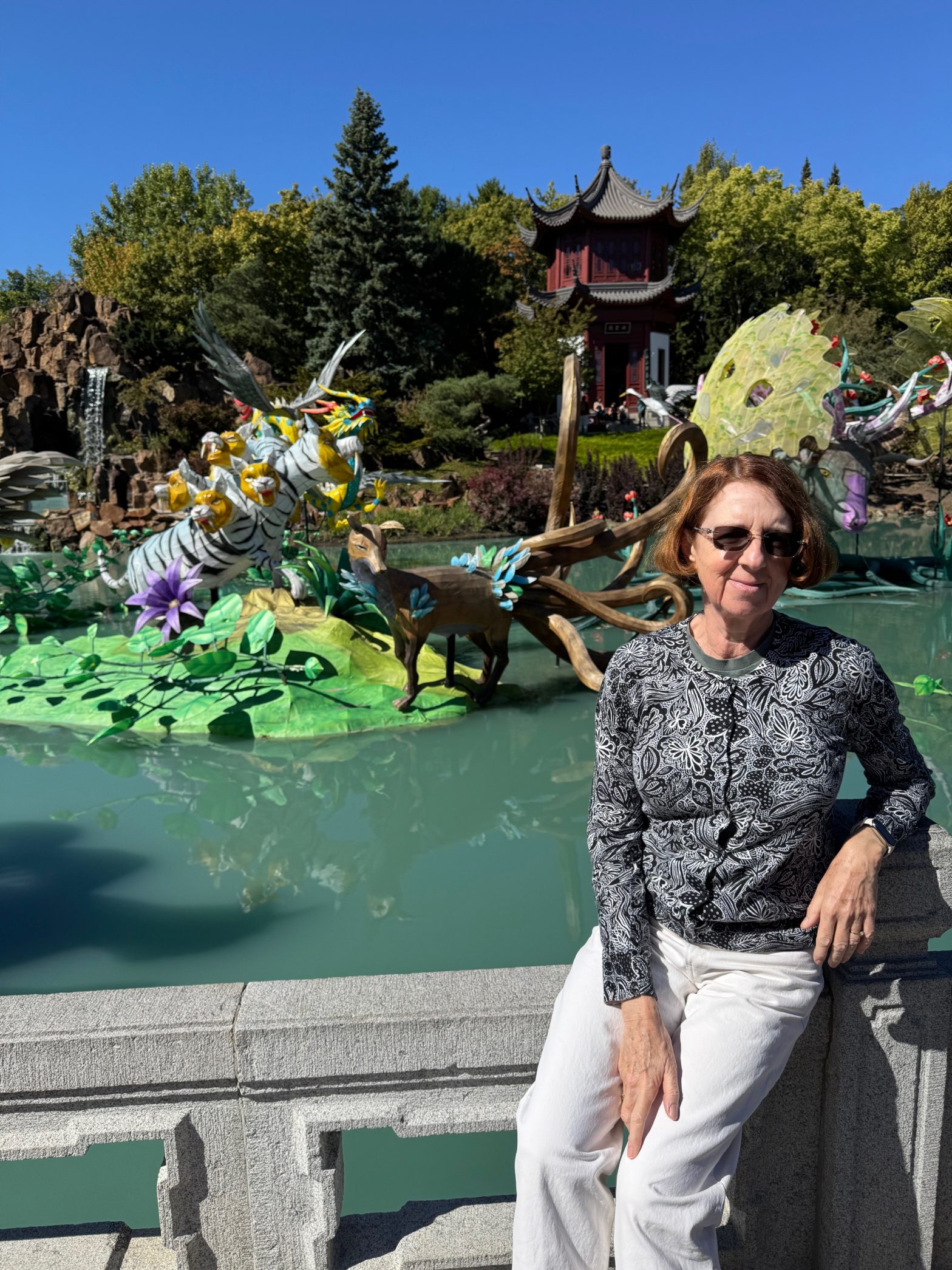I must admit that I expected Montreal to feel a lot more French than it actually did. It seems to me that apart from the language, it is a totally North American city. The culture, the way of life and the food are all very unFrench; having dinner at 6 pm, eating chips with gravy and drinking huge cups of weak and tasteless coffee would all make the European French shudder and then shake their heads in disapproval.
But the bilingual nature of the city was a definite advantage in the Botanic Gardens – it added an extra dimension to the displays. For example, I was very taken with the sign directing us to the Garden of Weedlessness. Weedlessness is definitely a desirable characteristic for a garden, but it’s a fairly prosaic name. However, the French name for this garden ramps it up a bit – it is a Celestial Garden – for anyone Gallic, being weed-free is considered heavenly.
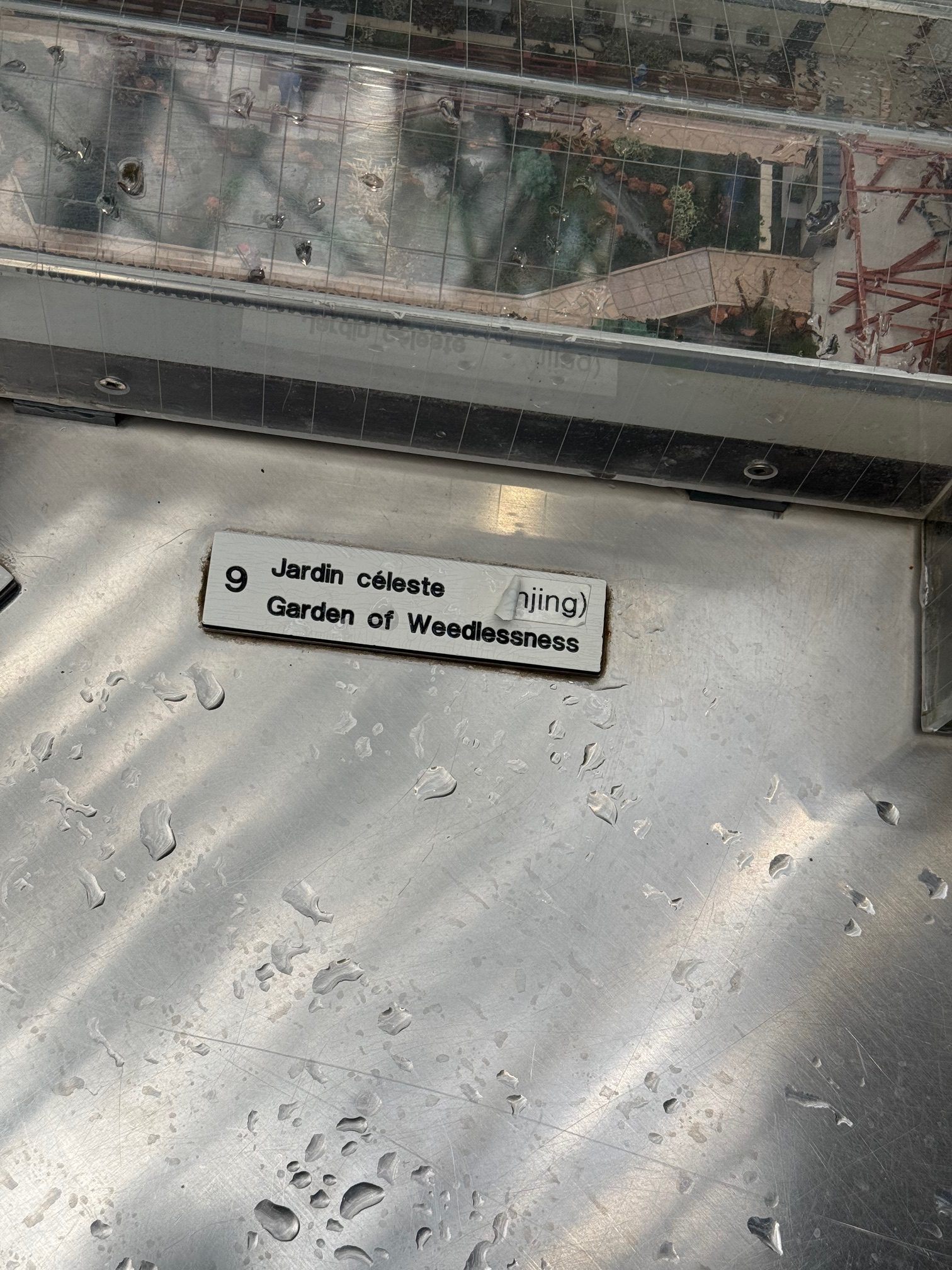
After this I started looking at the names of the plants, to decide whether I thought they sounded better in French or in English, and some were most definitely more vividly named in French.
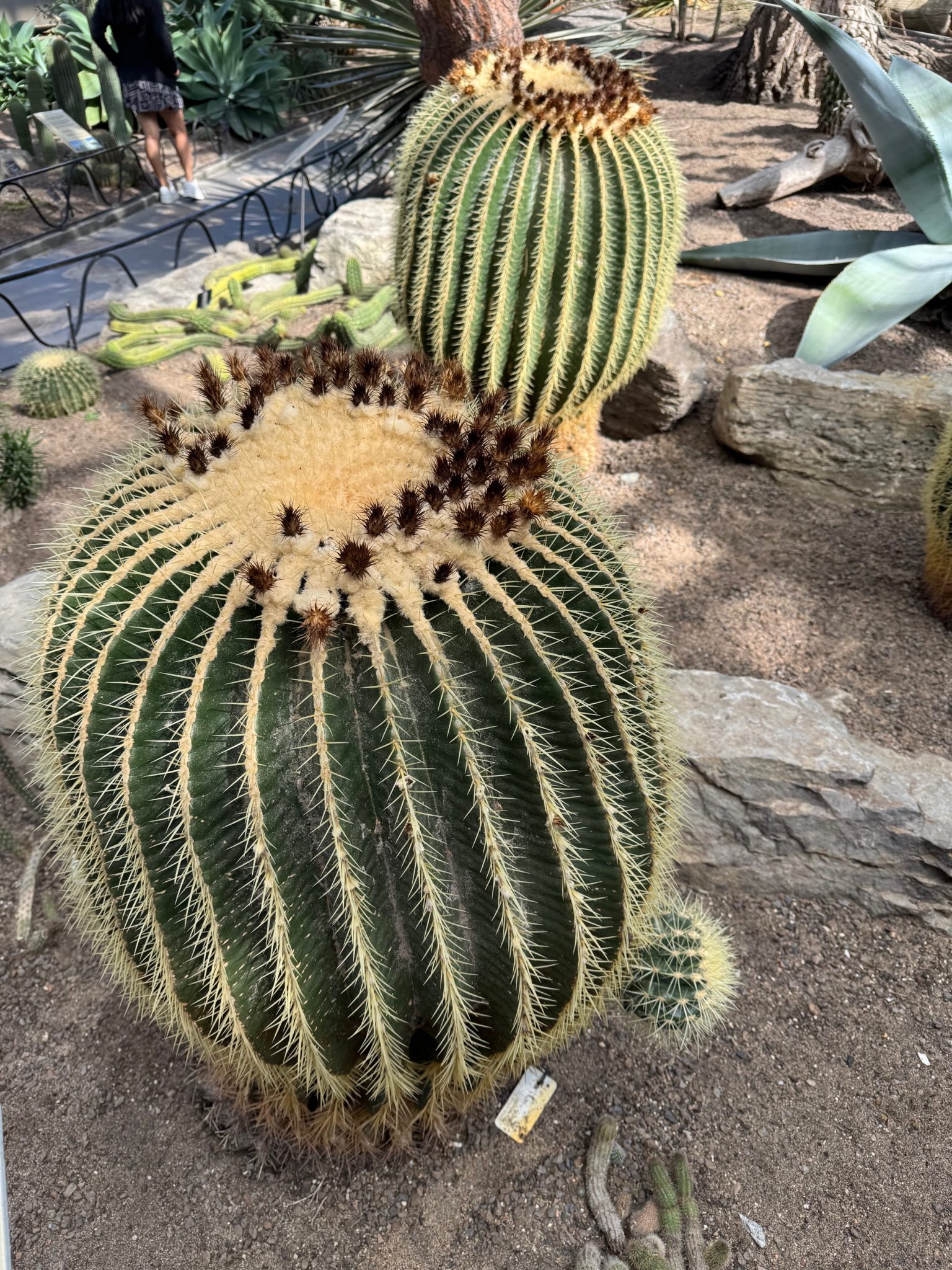
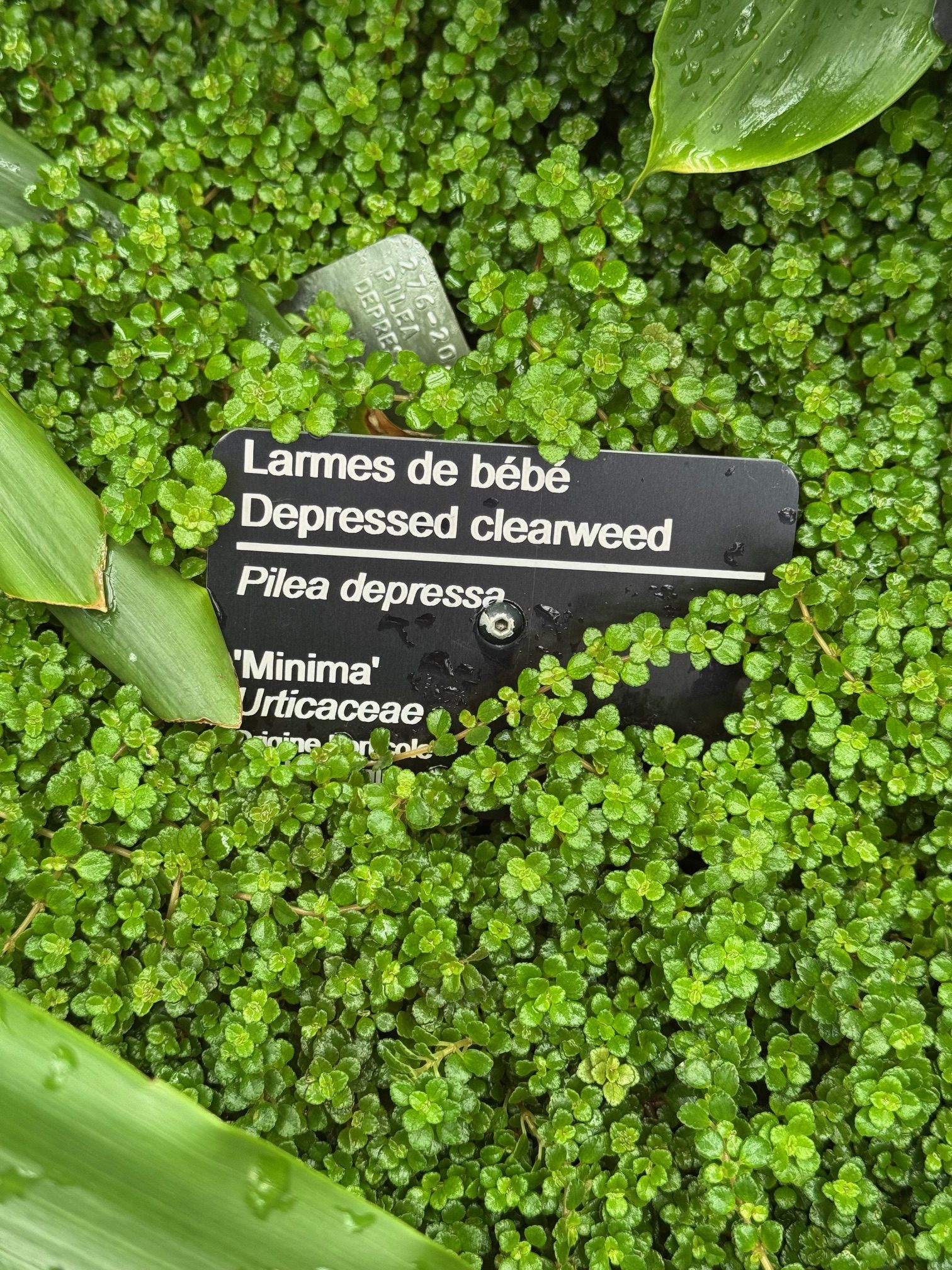
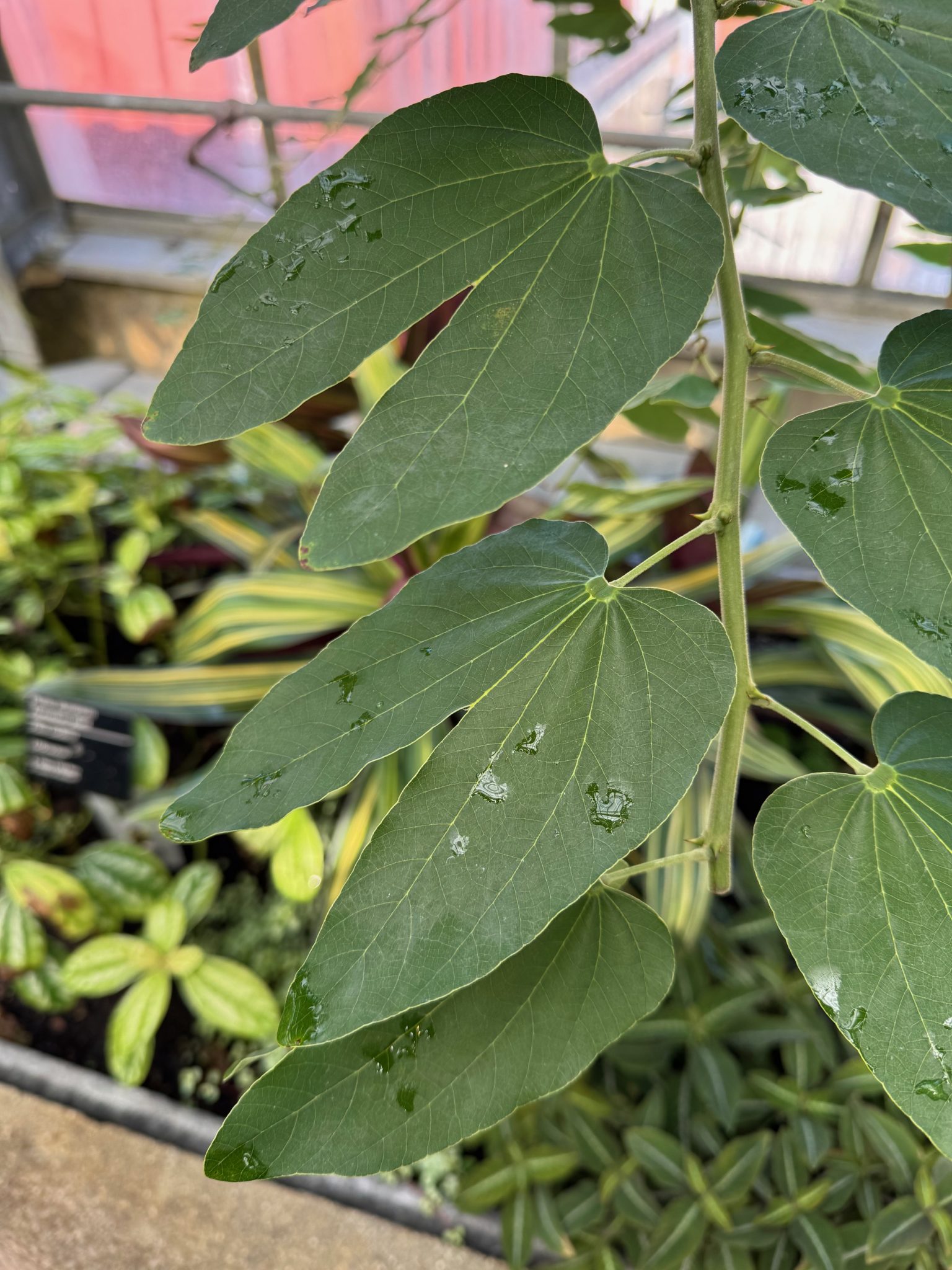
Golden barrel is such a lame name. In English we already have a plant called Mother-in-law’s tongue, so why on earth didn’t we grab the opportunity to add another botanical mother-in-law joke to the list?
Other names were more inspired in English though:
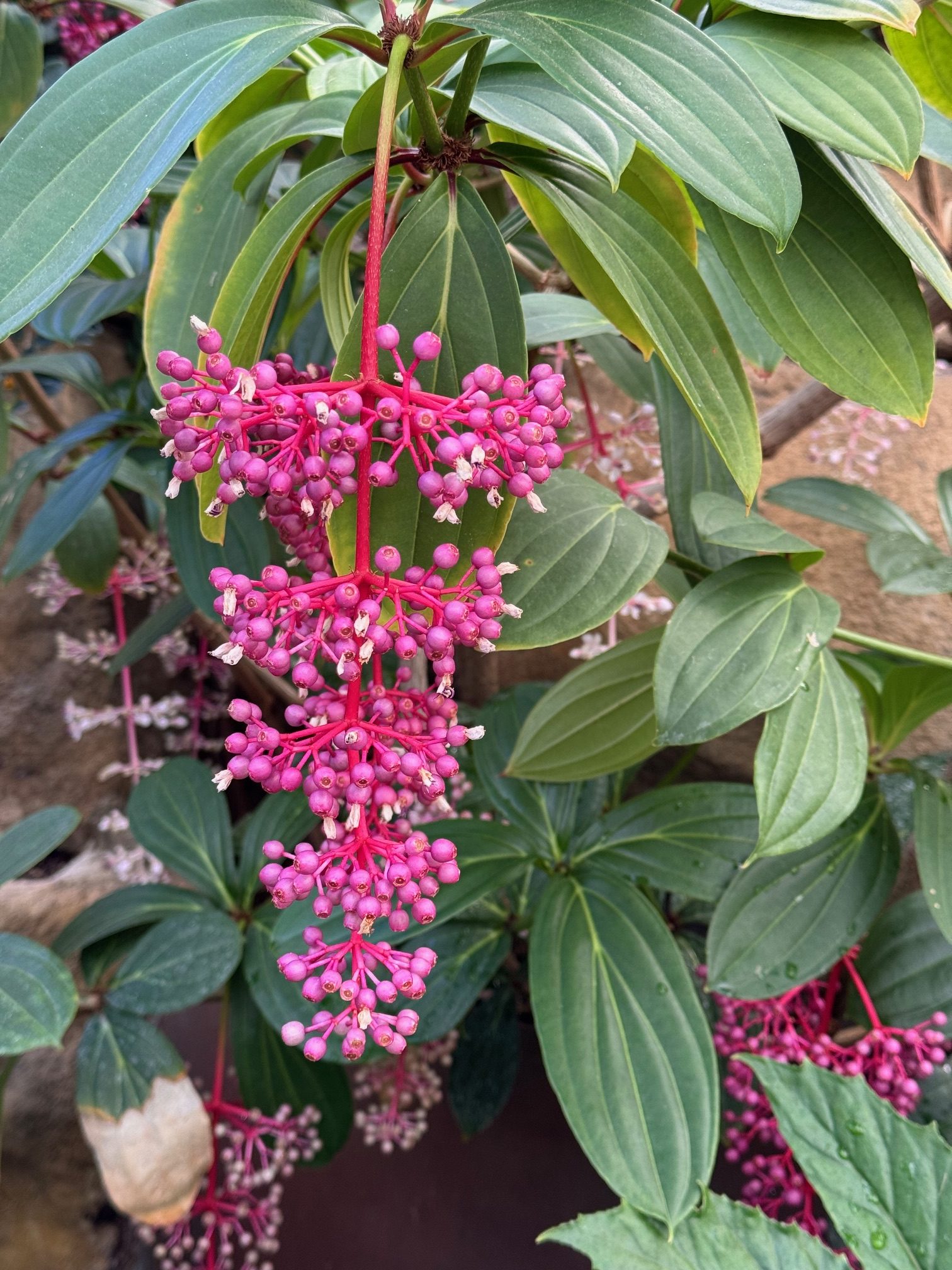
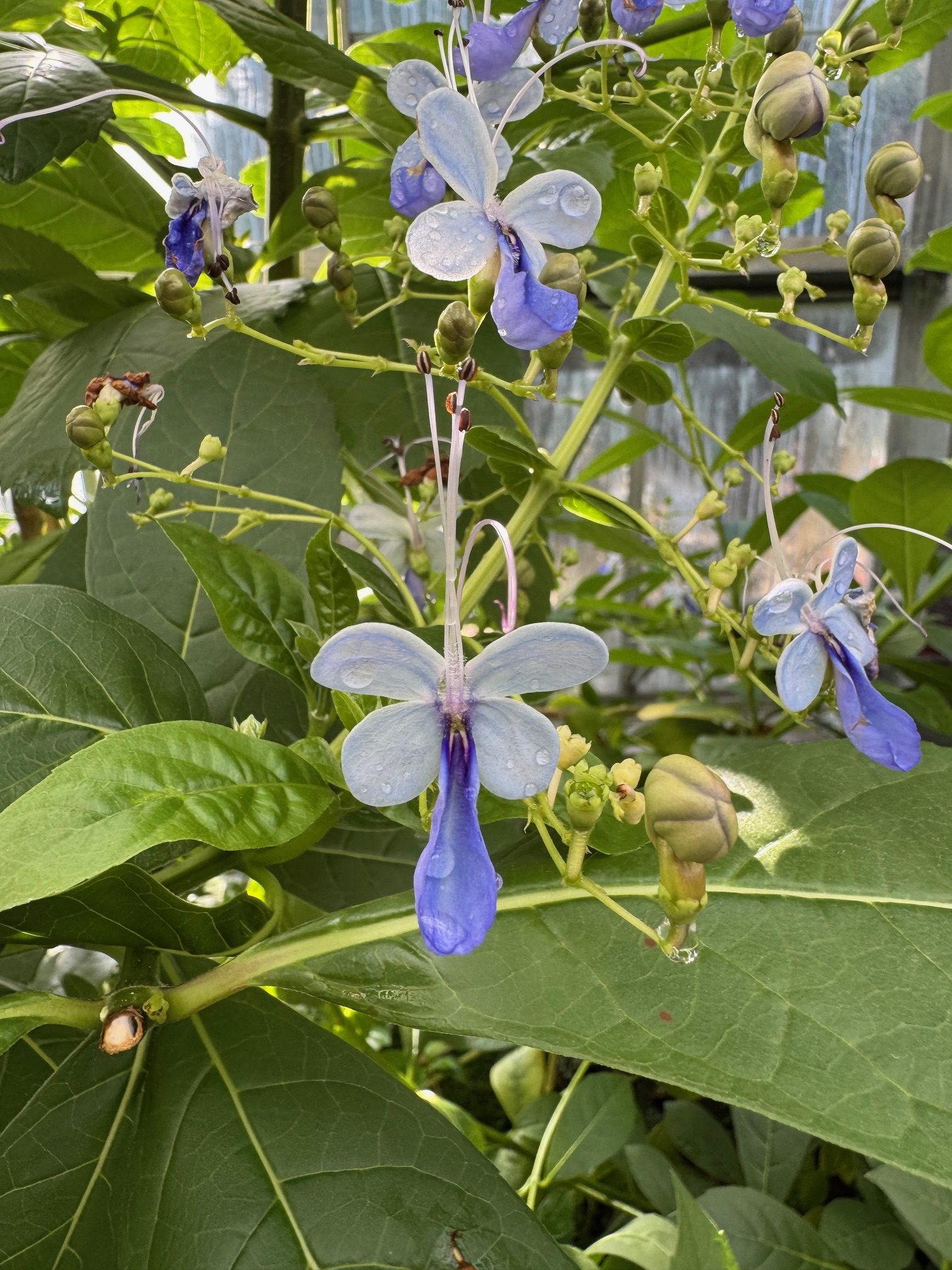
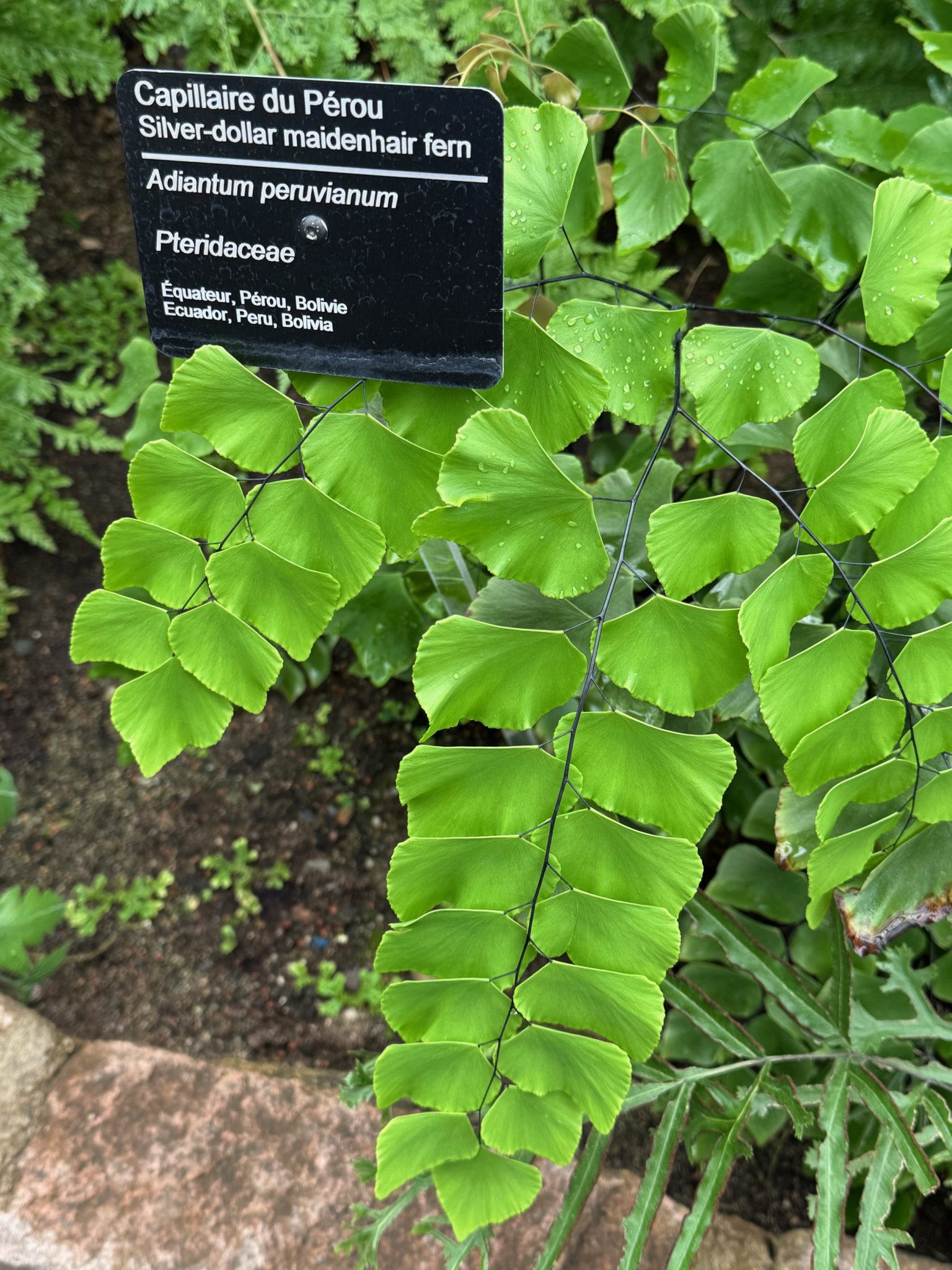
And the Mexican shrimp plant was brilliantly named in both languages, whereas the cleistocactus or scarlet bugler was terribly named … it should obviously have been called the tarantula plant.
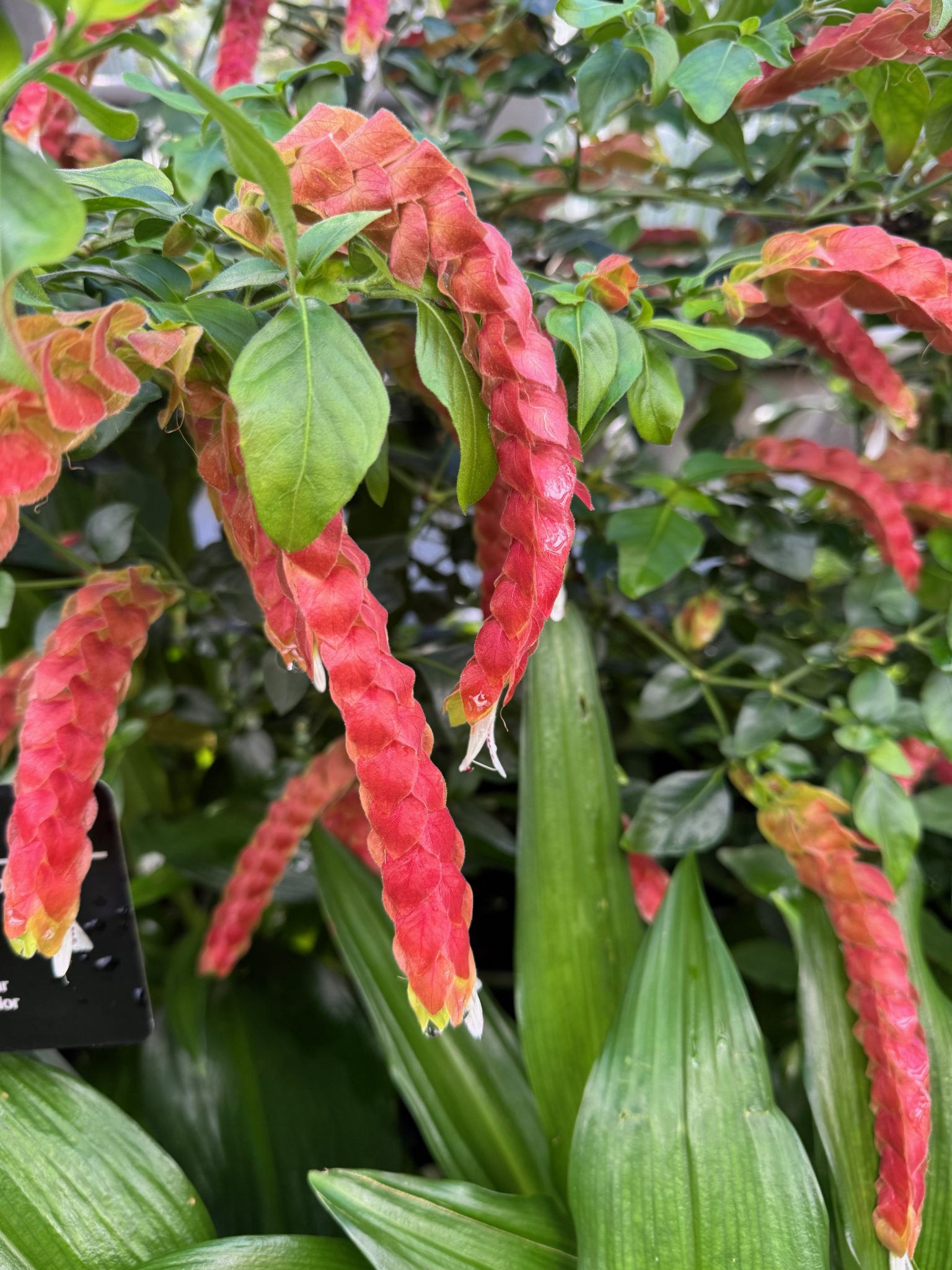
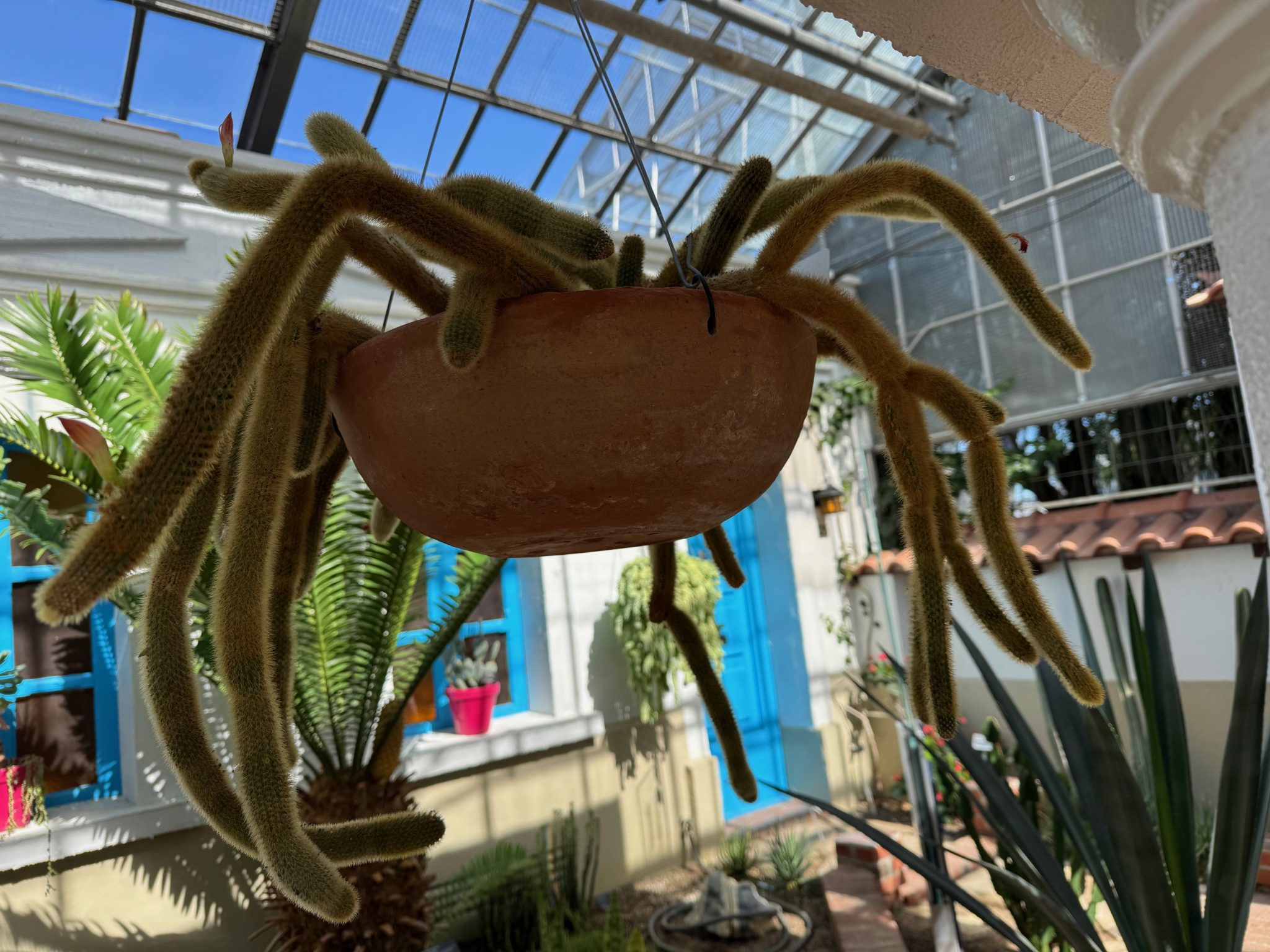
There is a spectacular Chinese garden – designed to resemble the private garden of a Ming-era mandarin. The whole garden was built in China, dismantled and then shipped to Montreal, where it was rebuilt by fifty craftsmen brought in specially from China.
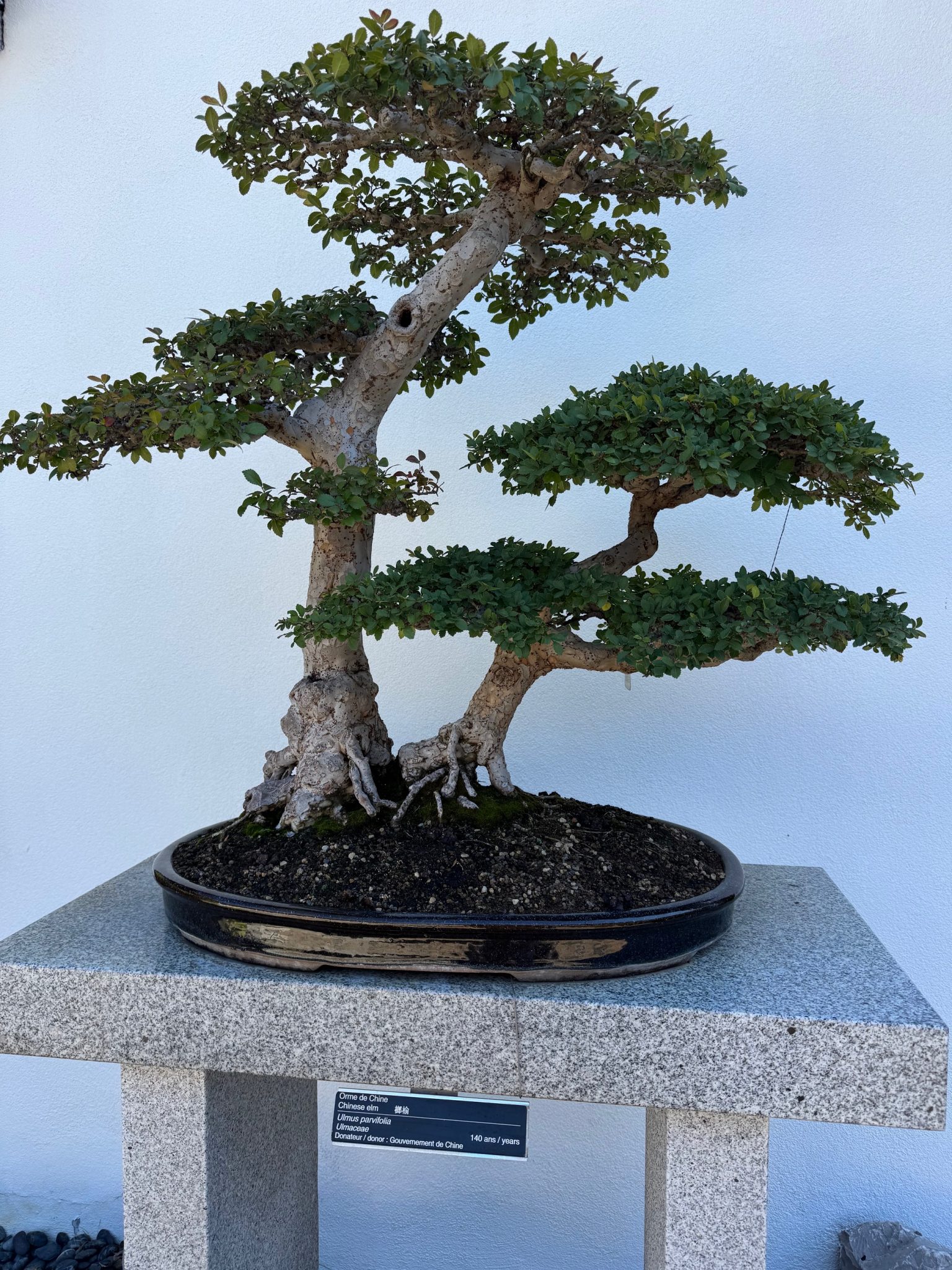
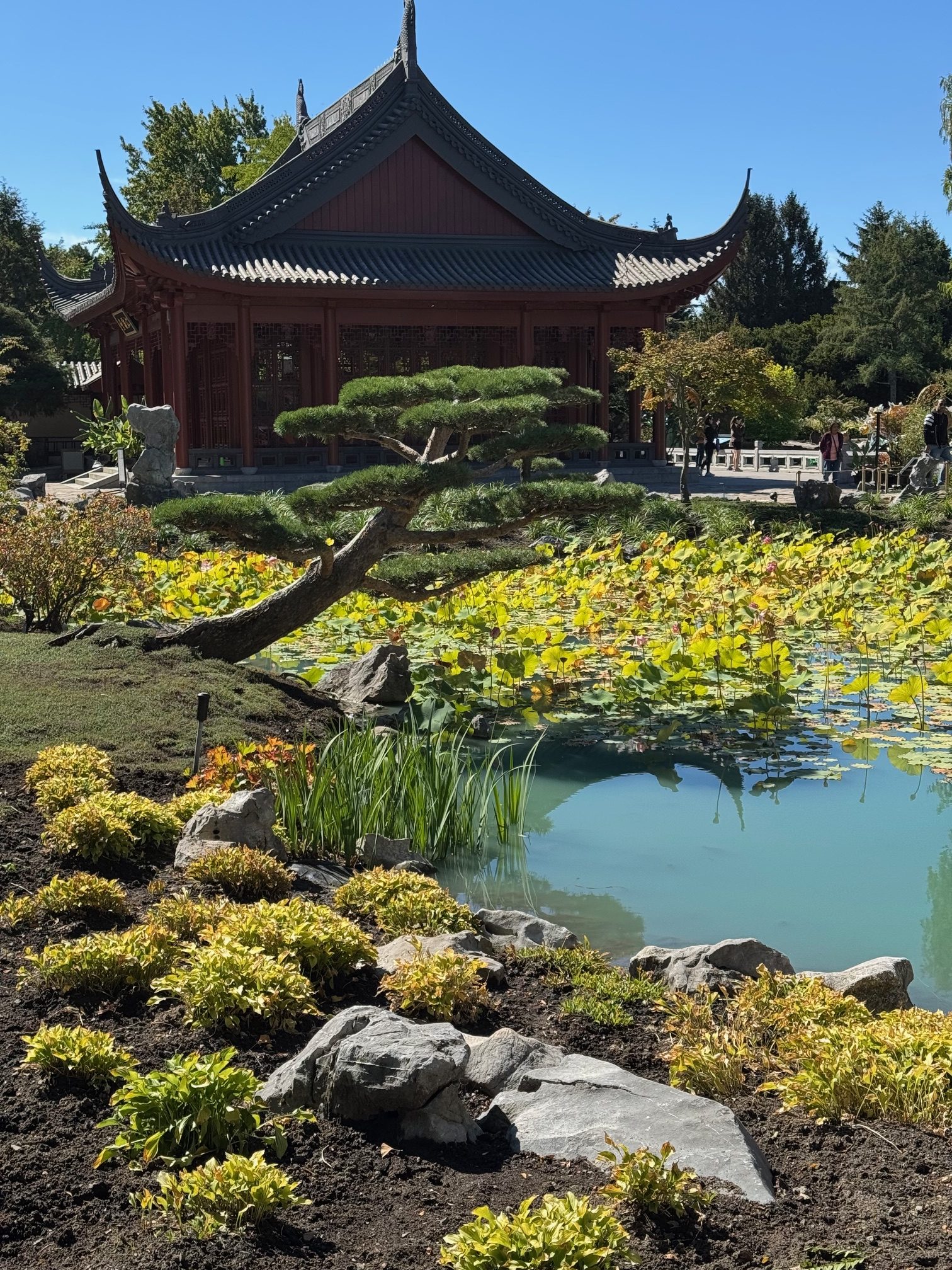
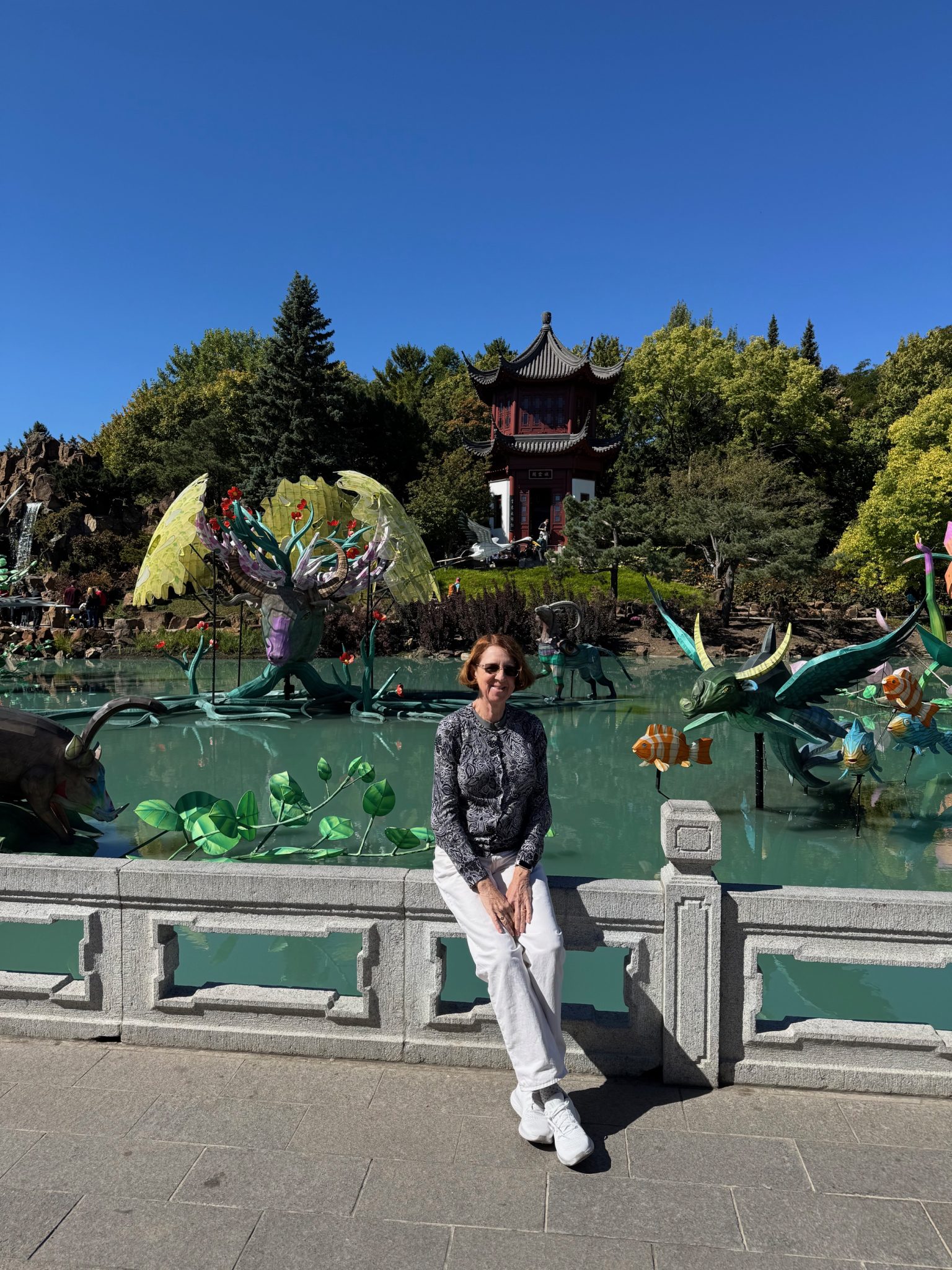
The Japanese garden is equally impressive, with a stroll garden, a tea garden and a dry raked garden. There is also a tea house with tatami mats and large windows looking out over the garden. It’s the most authentic Japanese garden I’ve seen outside Japan, and strolling around it was a very zen experience.
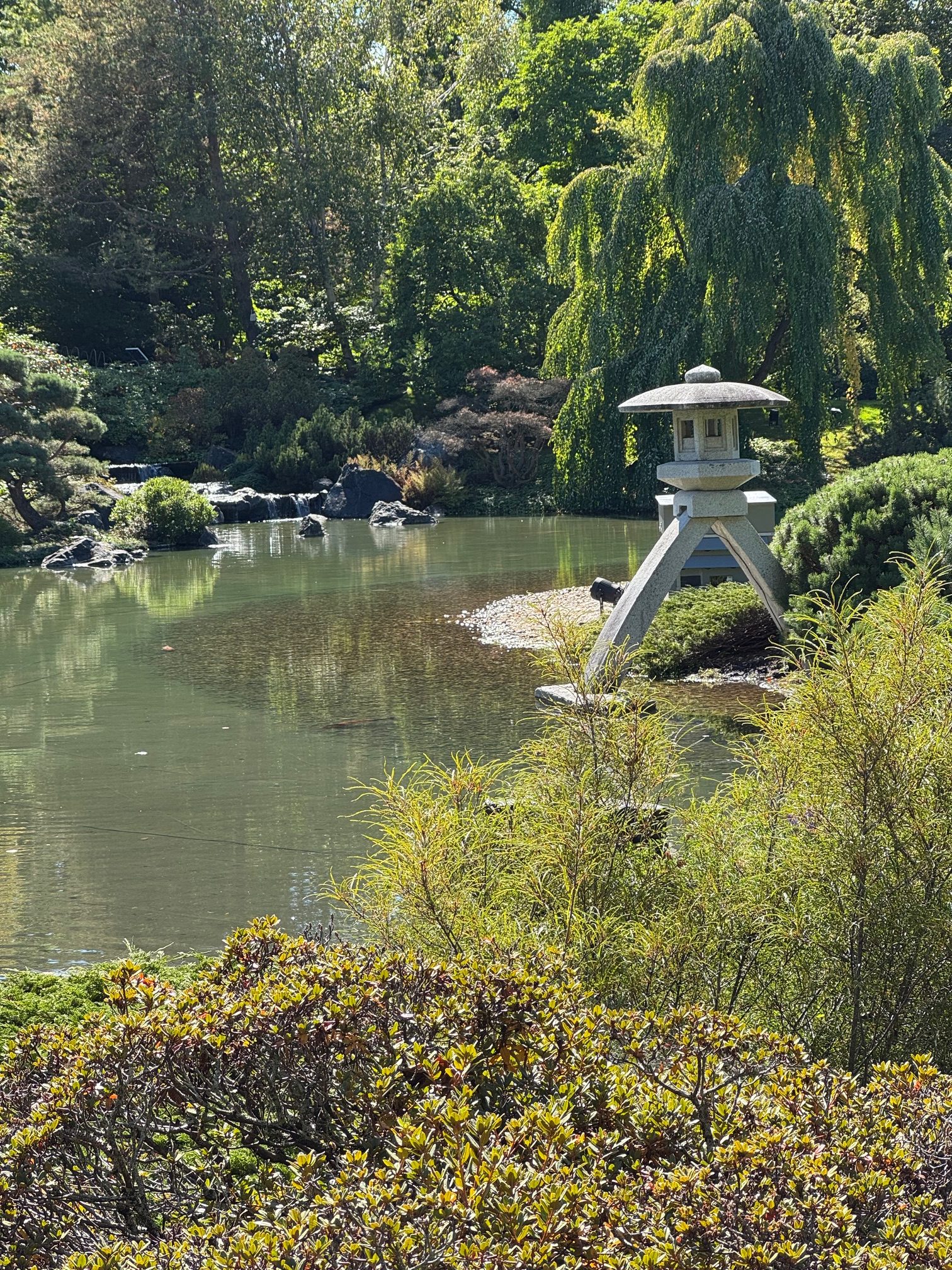
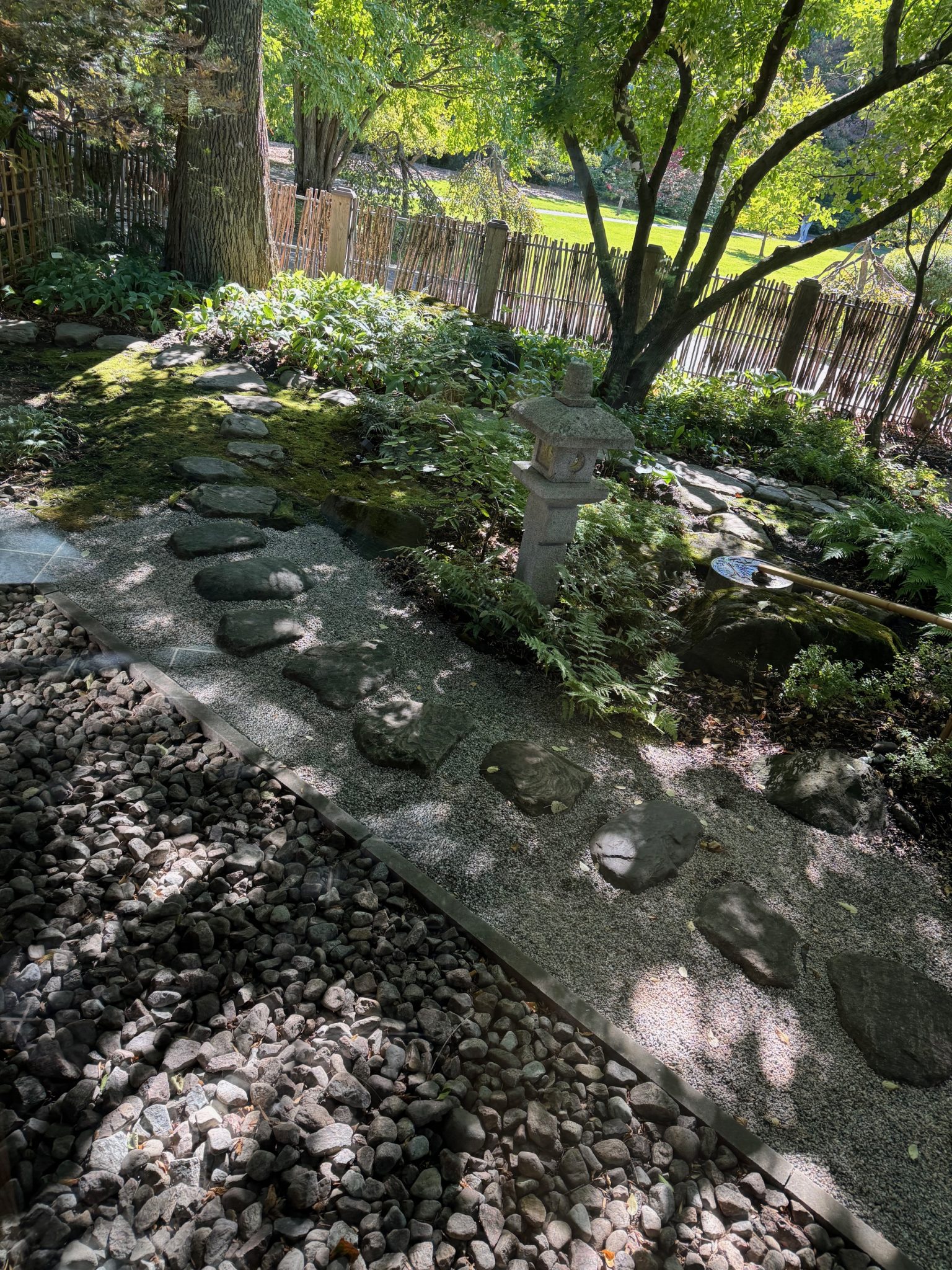
And I was delighted to see that they have a poison garden. I do enjoy perusing a flower bed filled with poisonous plants and toying with the possibilities that they offer.
Ricin is a very attractive plant, but given how super-toxic it is, I was surprised that it’s still grown as an ornamental annual. I suppose it appeals to people who believe that life is just too safe and boring these days – living on tenterhooks in case your child ingests a deadly seed must add a certain frisson to the tedium of daily life.
And I was rather disturbed by the hemlock – or rather the lack of hemlock. The plant label clearly explained just how poisonous this plant is, and just how easily it can be mistaken for other common, edible plants. But when I looked for the plant itself, there was nothing to see except a series of sawn-off stumps … someone had got there before me.
